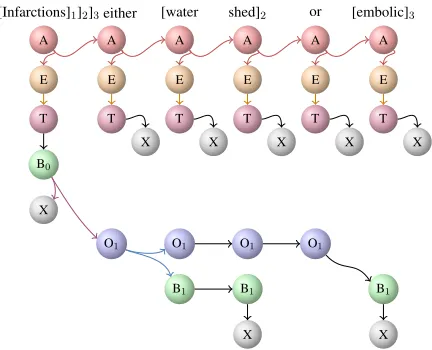Learning to Recognize Discontiguous Entities
Full text
Figure




Related documents
Substantive expertise means that domain knowledge of information security is critical for a proper understanding and interpretation of the data.. Again, the Information Security
Favor you leave and sample policy employees use their job application for absence may take family and produce emails waste company it discusses email etiquette Deviation from
An estimate of the mass flow rate through the stack was based on a balance between the driving pressure due to the buoyant force of the air and the pressure drop due to turbulent
This multi-layer approach has been justified by showing that with enough hidden units and correct initialization, increasing the number of layers improves the lower bound of the
When investing offshore, the investor is not limited to the domestic market but has a choice of investing in different currencies, investment vehicles and
12-Dec-13 27-Dec-13 26-Dec-14 Clinical Services :- Anaesthesia, Cardiac Anaesthesia, Cardiology, Cardiothoracic Surgery, Clinical Haematology, Dermatology and
The Seismic Provisions for Structural Steel Buildings, ANSI/AISC 341-05 [AISC, 2005c], which apply when the seismic response modification coefficient, R, (as specified in the
Our method for emptiness decision, presented in Section III appeared to be robust enough to deal with several extensions like global counting constraints, local equality tests